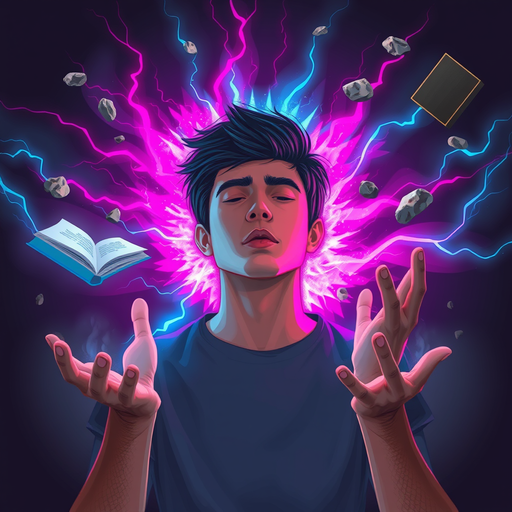Telepathy turns power into understanding, transforming conflicts into alliances through direct empathy.
In fantasy realms, words fail across languages and species; mind-to-mind contact dissolves mistranslation, reveals true intent, and lets heroes broker peace where swords would clash. Telepathy lets a knight feel a dragon’s grief, a necromancer hear an ancestor’s warning, and a city remember why it stands. This isn’t mere communication; it’s communion that changes the moral geometry of the story.
Telepathy enables flawless, silent coordination that wins quests and wars with precision rather than spectacle.
A telepathic link is the ultimate adventuring party channel—instant, silent, and resistant to mundane interception—allowing perfect timing for ambushes, rescues, and complex rituals. Commanders can share maps as impressions, rogues can transmit line-of-sight emotions, and mages can braid spells with synchronized intent. Victory becomes choreography instead of chaos, sparing allies and bystanders alike.
Telepathy scales into worldbuilding infrastructure—an arcane internet binding continents and even planes.
In high fantasy, guilds weave telepathic relays through crystals, druids seed mindroots beneath forests, and archmagi maintain dream beacons that keep kingdoms connected. Distance shrinks; supply lines, diplomacy, and disaster response become agile because thought travels where roads can’t. This resilience elevates societies, enabling heroic response without collateral upheaval.
Telepathy is a gentle, precise, and ethically rich magic that heals as it empowers.
Where brute force reshapes matter, telepathy reshapes meaning—untangling curses, repairing memory, and guiding the traumatized back to themselves. Consent wards and clarity oaths can make its practice honorable, turning a feared art into a covenant of care. The finest victories in fantasy aren’t demolitions; they’re revelations, and telepathy is the craft of revelation.





